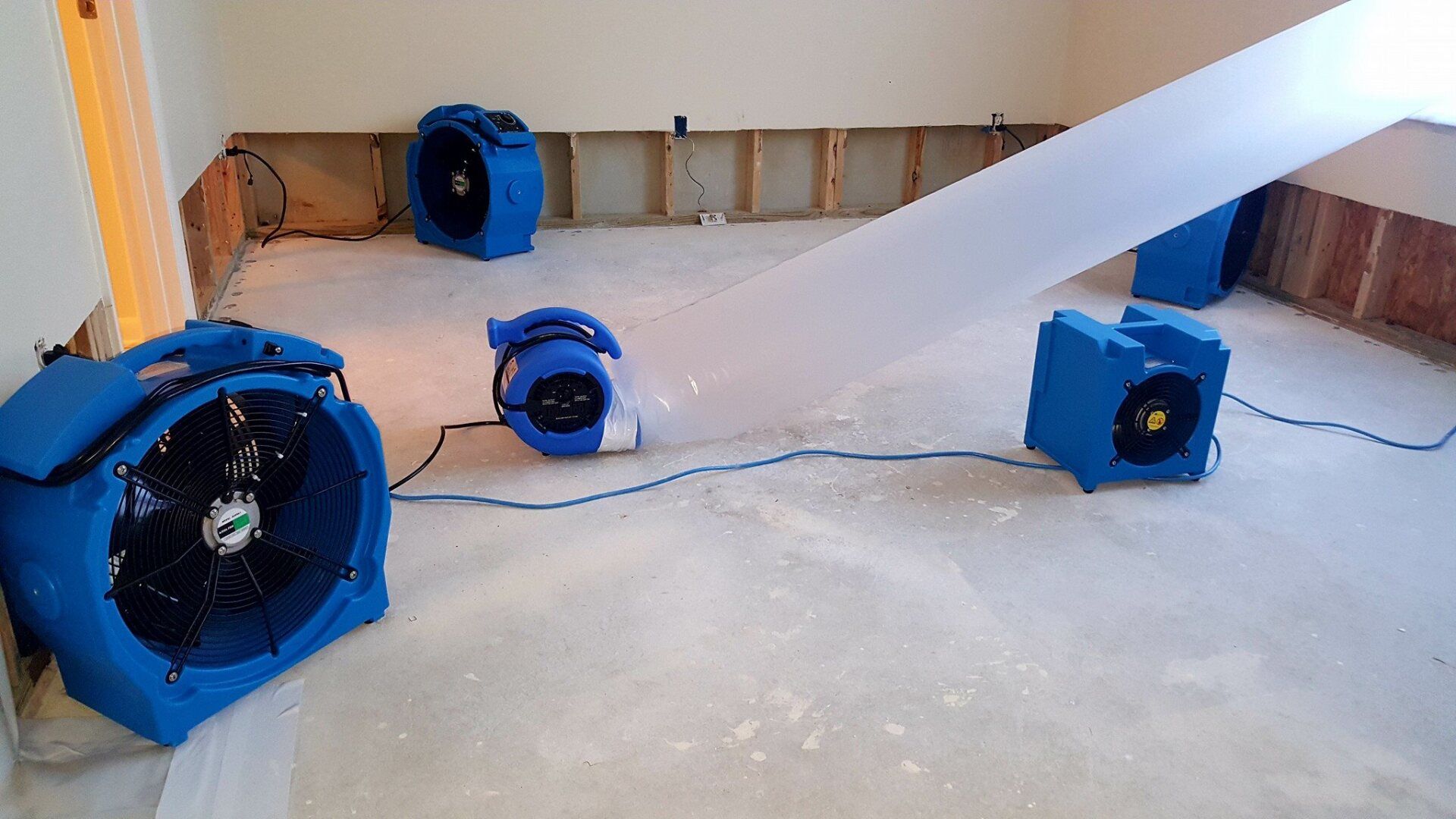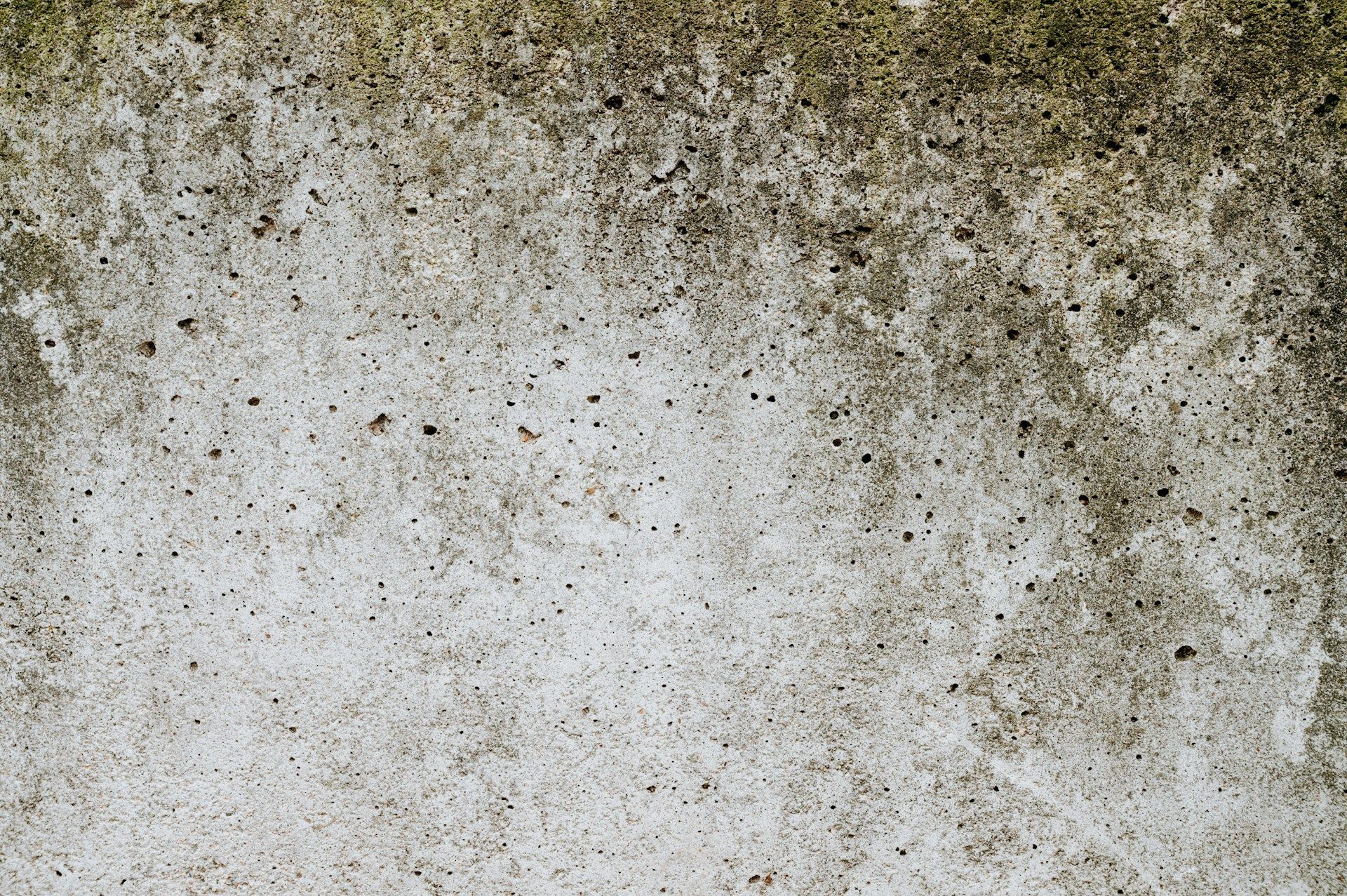Mold is a common household issue that often goes unnoticed until it becomes a major problem. It thrives in damp and poorly ventilated spaces, spreading rapidly and quietly. This unwelcome guest in your home not only damages walls and furniture but also poses significant health risks to everyone, especially those with preexisting conditions or weaker immune systems.
Exposure to mold can trigger allergies, asthma attacks, and even more serious respiratory issues. Its tiny spores can get into the air, affecting indoor air quality and making breathing uncomfortable. Addressing mold problems quickly is crucial to safeguarding your health and the well-being of your loved ones.
Understanding how mold affects health and why swift removal is essential can help you take the necessary steps to keep your home safe. By acting promptly and choosing professional mold remediation services, you can ensure your living environment remains healthy and comfortable.
Understanding Mold and Its Growth
Mold is a type of fungus that develops from tiny spores floating in the air. It thrives in environments that provide moisture and a surface to grow on. When these spores land on damp spots, they begin to grow and spread, which is why homes with water leaks or humidity issues often face mold problems.
One of the most common causes of mold growth is excess moisture. This can result from leaking pipes or roofs, flooding, or even high humidity levels in the home. Poor ventilation also contributes to mold growth by trapping moisture indoors. Bathrooms, kitchens, and basements are frequent breeding grounds for mold because they tend to be more humid and less ventilated.
In homes, mold usually thrives in areas like:
- Bathrooms: High humidity from showers or baths makes this a prime spot.
- Basements: Often damp and poorly ventilated, basements are ideal for mold growth.
- Kitchens: Spills and leaks around sinks or appliances provide moisture for mold.
- Laundry Rooms: Mold can grow on walls or damp clothes left for too long.
Understanding these conditions helps homeowners recognize the importance of regular checks and maintenance to prevent mold infestations. Addressing these issues promptly after identifying them is crucial in preventing mold from taking hold and spreading throughout the house.
Health Risks Associated with Mold Exposure
Exposure to mold in your home can pose several health risks, especially to people sensitive to mold spores. Mold releases tiny particles into the air, which, when inhaled, can lead to various health problems.
Immediate health effects from mold exposure include sneezing, coughing, and irritation of the eyes, nose, or throat. People with asthma or allergies may experience more severe reactions, such as difficulty breathing or heightened asthma attacks. These immediate responses are the body's reaction to inhaling mold spores and can become more pronounced with frequent exposure.
Prolonged exposure to mold may lead to more serious health issues, such as chronic sinus infections or lung problems. Over time, constantly breathing in mold spores can weaken the immune system and affect overall health, leading to diseases that are difficult to treat.
Certain groups are more at risk when exposed to mold. Children, due to their developing lungs, and the elderly, who may have weakened immune systems, are particularly susceptible. Individuals with existing respiratory conditions or compromised immune systems face a higher risk when exposed to mold.
Recognizing these health risks underscores the importance of addressing mold issues swiftly and effectively within the home. Ensuring a healthy indoor environment is crucial for the well-being of all household members.
Signs Your Home May Have Mold
Identifying mold in your home can be tricky because it often hides in places that are hard to see. However, there are several telltale signs that can alert you to a mold problem before it worsens.
One clear indicator is the presence of visible mold growth, which often appears as discoloration or staining on walls, ceilings, and floors. These spots can range in color from black and green to white or brown, depending on the type of mold and the material it grows on. Another sign is peeling or bubbling paint and wallpaper, which might indicate moisture buildup that fosters mold growth.
Another sign to watch for is unusual odors. Mold often has a musty, earthy smell, which tends to be stronger in enclosed areas with little airflow. If you notice this kind of odor lingering in your home, it could mean there’s hidden mold behind walls, under carpets, or in air ducts.
Persistent dampness and past water damage are also red flags. Areas like basements, attics, and bathrooms are common spots where moisture can linger, becoming breeding grounds for mold. If your home has experienced leaks or floods, these issues need prompt attention to prevent mold from taking hold.
The Urgency of Professional Mold Removal
Professional mold removal is essential to effectively and safely addressing mold problems in your home. Trained professionals have the knowledge, skills, and tools to remove mold, ensuring it does not return.
During professional mold remediation, experts begin by fully assessing the extent of the mold infestation using specialized equipment. They contain the affected areas to prevent mold spores from spreading throughout the house. Then, using techniques like HEPA vacuuming and antimicrobial treatments, they thoroughly clean and disinfect surfaces to eradicate mold.
Quick removal is crucial for protecting your family's health and preventing further damage to your home. Mold can spread rapidly if left unchecked, compromising both structural integrity and indoor air quality. By acting swiftly, you reduce health risks and the chances that mold will cause costly repairs down the line.
Trying to tackle mold removal on your own can be dangerous and often ineffective. Disturbing mold without proper containment can release more spores into the air, escalating the problem. Professionals follow safety protocols, ensuring the job is done right the first time.
Conclusion
Taking swift action not only prevents further property damage but also ensures a safe living environment for you and your family. Ensuring that mold is removed professionally provides peace of mind and protects your investment in your home.
Addressing mold issues promptly with the help of experienced professionals like Faulkner Restoration guarantees that your home remains safe and comfortable. Don’t let mold compromise your health or your home’s integrity—reach out to us today for expert
mold remediation services in Greenwood that you can trust.
Contact Faulkner Restoration Today!
Faulkner Restoration will do everything we can to ensure your experience with us is excellent.
Request A FREE Estimate
Request a Free Estimate Form
Checkout Recent Post





